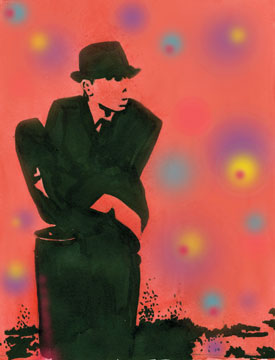White covers and isolated imagery: Why the trend?
I have noticed that over the past decade readers have been subjected to a trend in non-fiction book cover design. I am referring to the use of a white background to frame a single, striking element. For example:

I understand the appeal from a marketing perspective. As online book buying grows in popularity, the book spine is becoming less important to shoppers. Instead, the idea with white-framed covers is to create as much visual distance and isolation with a book so as to set it apart from its surrounding mosaic. An added benefit for non-fiction books in particular is the sense of authority that comes with a single image. This says, “I am an expert on this topic. I am not going to stray into superfluous details. Prepare to learn.”
I like the look, but I dislike the trend. I am a grump, though, and dislike most trends. I refuse to tell my wife that I don’t mind listening to her Ingrid Michaelson music simply because it’s on the radio sometimes. I even hate hipsters because they are too popular. How’s that for irony?
I collected many, many such covers (and it didn’t take me long to do). Flip through the gallery below to see. Now, as an exercise in the inevitable futility of following trends, try to see if any of the white-framed books stands out when packed together with so many similarly designed books. Answer: none stand out. This book, if it were thrown into the mix, would certainly stand out. Here’s hoping busy book covers don’t become a trend.



My least-favorite trend in book-cover design is what they always do for political nonfiction. Very paint-by-numbers: same serif fonts, same patriotic color palettes, same photos, same layouts. And these are bestsellers. (I only know this from watching The Daily Show, not from buying or reading them.)